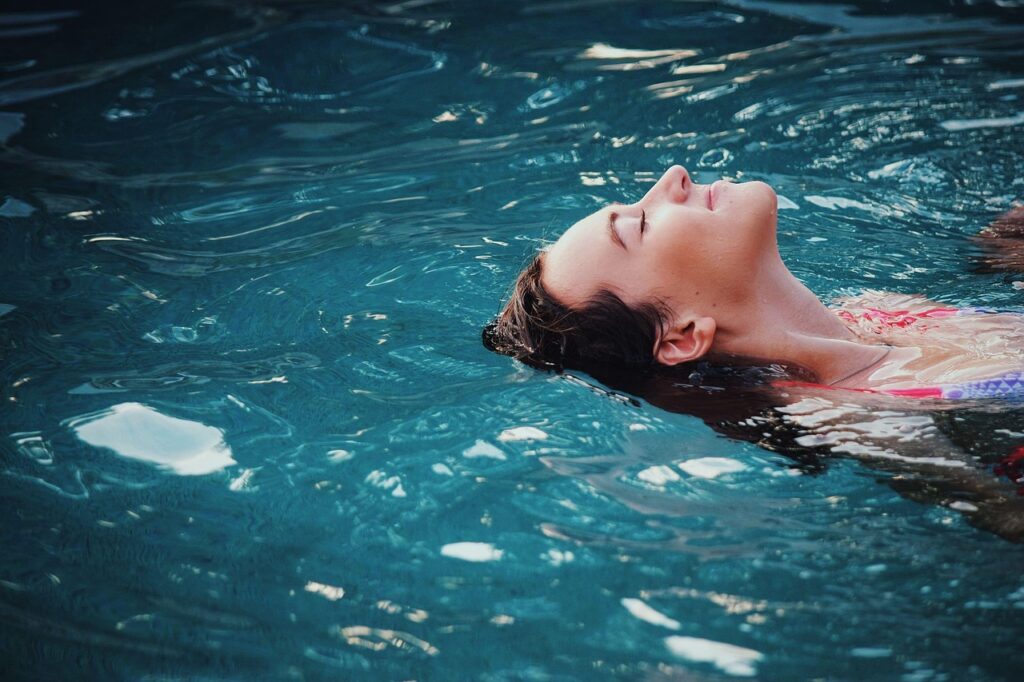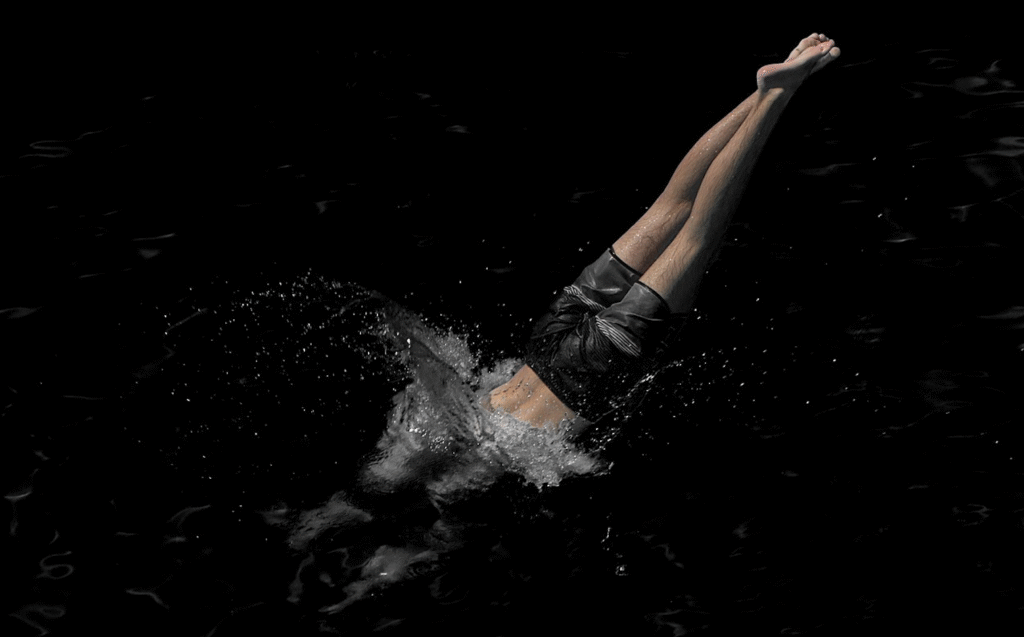A cold plunge involves immersing the body in cold water, typically between 50°F to 59°F (10°C to 15°C), for a short duration—usually 2 to 10 minutes. Popular in athletic recovery and wellness circles, this ancient practice has made a massive comeback in modern biohacking and wellness routines.
Cold plunges are often done in tubs, rivers, or specially designed plunge pools. Whether you’re an elite athlete or a wellness enthusiast, cold exposure can be a powerful tool—when used correctly.
Benefits of Cold Plunges
1. Reduced Muscle Inflammation and Soreness
Cold water immersion can reduce inflammation, easing muscle soreness after intense physical activity. It slows down metabolic processes and narrows blood vessels (vasoconstriction), which helps flush out lactic acid and reduce swelling. Perfect for post-workout recovery.
2. Improved Circulation
When you plunge into cold water, your blood vessels constrict. Once you exit, they dilate again. This cycle improves blood circulation and oxygen delivery throughout the body. Better circulation can support cardiovascular health and natural detoxification.
3. Boosted Mental Resilience and Mood
Cold plunges activate the sympathetic nervous system, increasing the release of norepinephrine and dopamine. These neurochemicals enhance focus, alertness, and even happiness.
Many users report feeling energized, clear-headed, and uplifted after a plunge.

4. Enhanced Immune Response
Regular cold exposure may strengthen the immune system. Some studies suggest it can increase white blood cell count, making the body more efficient at fighting infections.
5. Increased Brown Fat Activation
Unlike white fat, brown fat burns energy to generate heat. Cold exposure stimulates brown fat activity, which may aid weight loss and metabolic health.
6. Better Sleep Quality
Cold plunges can reduce cortisol levels (the stress hormone), helping to calm the nervous system. A quick dip before bed may promote deeper, more restorative sleep.
Cold Plunges and Mental Toughness
There’s a psychological edge to cold plunging. Voluntarily stepping into freezing water builds mental grit, willpower, and discipline. Over time, this can carry over into other aspects of life—from handling stress to achieving goals.
How to Do a Cold Plunge Safely
If you’re new to cold plunging, start slow. Here’s how:
- Start with shorter durations (30 seconds to 2 minutes).
- Gradually lower the temperature over sessions.
- Focus on breathing—use deep nasal breathing to stay calm.
- Warm up afterward, especially if water is below 50°F (10°C).
- Listen to your body. Numbness or dizziness is a red flag.

Note: Cold plunges are not the same as ice baths. Ice baths can dip below 40°F (4°C) and pose more serious risks if not handled with care.
Risk Factors and When to Avoid Cold Plunges
Despite the benefits, cold plunges aren’t for everyone. Be cautious if you fall into any of the following categories:
1. Cardiovascular Conditions
Cold water causes rapid heart rate and blood pressure spikes. If you have heart disease, arrhythmias, or hypertension, consult your doctor before starting.
2. Raynaud’s Disease
Those with Raynaud’s should avoid cold plunges. The condition causes severe blood vessel constriction, which can lead to numbness and pain in extremities.
3. Asthma or Respiratory Issues
Cold shock can trigger bronchoconstriction, making it difficult to breathe. Individuals with respiratory problems should take extra precautions.
4. Hypothyroidism
Cold water immersion can lower core body temperature, which may aggravate thyroid issues in people with underactive thyroids.
5. Pregnancy
While not always dangerous, cold exposure can increase stress on the body. Pregnant individuals should consult a healthcare provider before attempting cold plunges.
Tips for a Safer, More Effective Cold Plunge
- Use a thermometer to monitor water temperature.
- Stay supervised, especially if you’re new.
- Don’t overdo it—cold plunging too frequently can lead to fatigue or stress on the nervous system.
- Use contrast therapy: Alternate hot and cold for improved vascular benefit.
- Combine with breathwork for optimal nervous system regulation.

Final Thoughts
Cold plunges are not just a trend—they’re a science-backed method for boosting recovery, sharpening the mind, and enhancing overall wellness. But like any wellness tool, they come with risks that should not be ignored.
When used properly, cold plunging can become a life-enhancing ritual—helping you feel calmer, stronger, and more alive.
Have you tried cold plunging? What are your thoughts about it? Leave a comment below!







